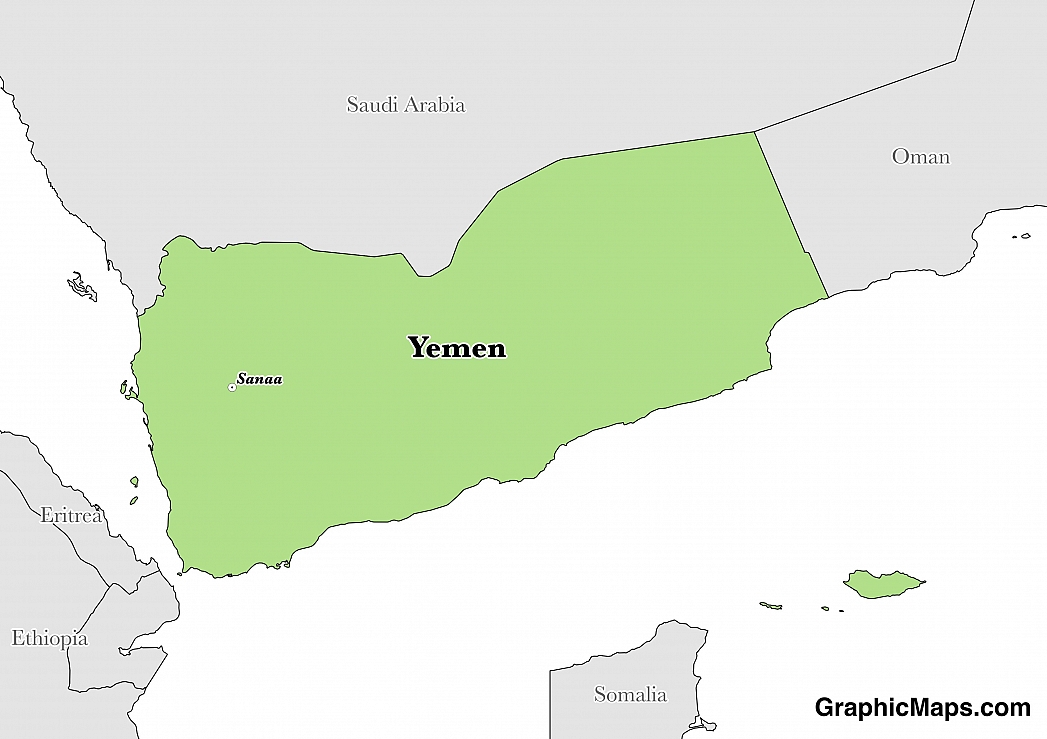The capital and most populous city in Yemen is Sana'a which serves as the hub of the Sana'a Governorate. Although not officially part of the Governorate Sana’a has the distinction of being its own the separate administrative district known as "Amanat Al-Asemah". Sana’a became Yemen’s capital upon the ratification of its Constitution in 1991. The city is located in the western portion of the country and is regarded to be one of the oldest inhabited cities in the world. Sitting at an elevation of 7,380 feet Sana’a, which occupies forty nine square miles, also holds the distinction of being one of the world’s highest capital cities.
According to figures from 2012 the city is home to approximately 3,937,451 residents while its metropolitan population stands at 4,167,961. Sana’a is divided into various districts under two main regions; the Old City ("al-Qadeemah") and the New City ("al-Jadid."). During the 1960s the city experienced a significant growth in population mostly due to residents from agricultural regions moving to Sana’a for economic reasons. Only a small portion of the city’s total population (about ten per cent) live in the Old City.
Sana’a is an ancient and historic city brimming with cultural, religious, and architectural attractions. The Old City has been designated as a UNESCO World Heritage Site. This area of Sana’a is home to the Al Saleh Mosque which measures 294,000 square feet and has the capacity to accommodate about 44,000 worshipers. The National Museum of Yemen is also located in Sana’a. Established in 1971 the museum holds an impressive collection of artifacts recovered from local archaeological sites.
Sana’a has a climate which is classified as being semi-arid. This rare type of climate is influenced by the fact that the city sits at a high elevation. Sana’a’s coldest temperatures occur during the month of January with average lows of about 37 degrees Fahrenheit. The winter season also sees instances of frost and wind chill conditions. July is the hottest month with average highs of almost 100 degrees Fahrenheit. The city also experiences numerous microclimates. Half of the Sana’a’s total yearly rain falls during the months of July and August.
This page was last modified on May 1st, 2018
More on Graphicmaps

Published on 2019-11-06
What is a Trade Embargo?

Published on 2019-11-04
Which Two Countries Used to Have the Same Flag?

Published on 2019-09-16
What Is the Only Two-Sided State Flag?

Published on 2019-09-16
Which Country Flag Looks Like the Texas Flag?

Published on 2019-08-29
Flags That Resemble the US Flag

Published on 2019-08-20
